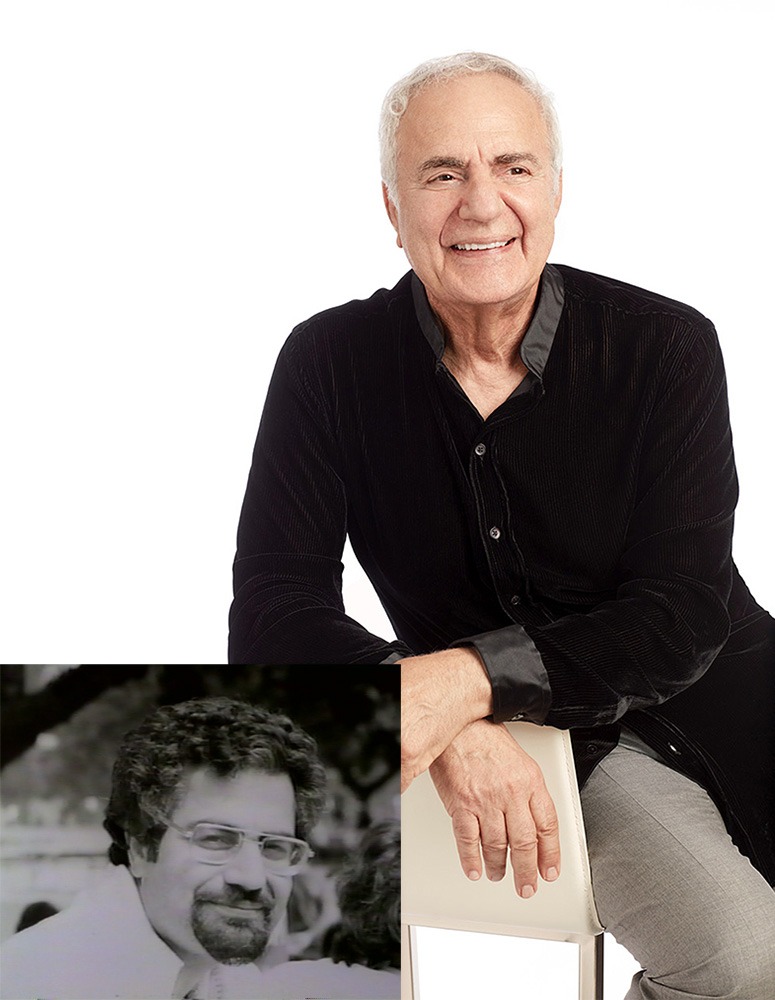How your face changes as you age
And what you can do about it!
Time stops for no one—and the tracks of time inevitably leave traces on our faces. Even if we’re blessed with youthful genes and have practiced a lifetime of good skincare, no one reaches a ripe old age looking the same as they did in their youth. (Personally, I tend to look at the “tracks of time” as a timeline of the joys and challenges I’ve faced. They’re part of who I am and, in general, make a face more interesting!)
Here are some of the changes you can expect as the years roll on—and the steps you can take to minimize the ones you’re not happy about.
In general, as we age:
The subcutaneous facial fat that plumped our cheekbones in our youth shifts and sags. Some of it loses volume so that skin that was once smooth and tight now hangs. At the same time, the lower parts of our face can gain fat, giving us jowls and extra chins.
Our foreheads grow wider as our hairlines retreat.
The tips of our noses may droop as the connective tissue supporting our nasal cartilage weakens.
Our ears may lengthen because the cartilage in them never stops growing!
Our skin loses moisture, which makes it more susceptible to wrinkles. A lifetime of responding to the joys and stresses of life can carve furrows between our brows and laugh lines around our eyes. Finer wrinkles are generally due to sun damage, smoking, and the gradual depletion of collagen and elastin, which keep younger skin smooth and supple.
Uneven skin tone—sun spots, age spots, and broken blood vessels—also appear to be inevitable as we age. Primarily this is due to a lifetime of sun exposure—which is why it is so important to always wear sunscreen, even on overcast days.
What can you DO about your aging face?
- Eat your water! Keeping your cells hydrated from the inside-out is key to keeping them plump and resilient. It’s also important that your diet include the building blocks of healthy cell membranes so that the water you eat remains in the cell, where you want it, not leaking out. That means a diet rich in healthy Omega-3s from foods such as cold-water fish, vegetables, fruit, nuts, seeds, whole grains, and dairy.
- Moisturize!Life on land is dry! Keep a protective moisture barrier on your skin by applying moisturizers that contain antioxidants like vitamins A, C, and E and hyaluronic acid, which helps bind moisture to the skin.
- Protect!The sun is the leading cause of fine lines, wrinkles, age spots, and worst of all, skin cancer. So wear your sunscreen and/or protective clothing.
- Treat problem areas.For special problems—like discolorations and dark spots—skincare products containing retinol, tretinoin, or alpha-hydroxy acids (AHAs) can help. These exfoliate the top layer of the skin and stimulate collagen production. However, they also make the skin more susceptible to sun damage, so it’s best to use these at night and apply moisturizer in the morning. There is also some evidence that green tea extract, which is rich in polyphenols, can ease sun damage, may protect you from skin cancer, and may also slow signs of aging and reduce sagging skin and wrinkles.
Regardless of your skin type or condition, I am an advocate of periodic facials and facial massages. In addition to being a relaxing and restorative treatment in self-care, a facial will exfoliate, deeply moisturize, and leave you with a glow that emanates from the inside out!
There are also more invasive (and expensive) clinical treatments such as laser resurfacers, which can improve the skin’s texture and/or remove discolorations; neuro-modulators like Botox, which block communication between a facial muscle and the nerves that are causing a furrow in the brow or crow’s feet around the eyes; “fillers,” which are usually injectable gel formulations of hyaluronic acid that plump lines and folds, as well as increase volume; tighteners, which use radiofrequencies to generate high levels of heat into the deeper dermis and subdermis to induce the formation of fibroblasts, which make collagen, the protein that promotes skin firmness and elasticity, and of course, various forms of cosmetic surgery or “face lifts” and “eye lifts.” Unfortunately, none of these treatments last forever—and most last only a few to 18 months.
- The best beauty treatment is still a smile.The people who love us don’t care about our wrinkles, and even strangers respond positively to a person with a smile. So don’t let the timelines on your face make you feel anything but proud of the life you’ve lived.
- Remember: When you’re healthy, you’re beautiful.Aging is a fact of life and one that we should celebrate, not fear. If you truly believe, as I do, that “The best is yet to come!” then we can age with a sense of adventure. The most important factors in your appearance are your health and your attitude. May a healthy attitude become your formula for aging beautifully!
